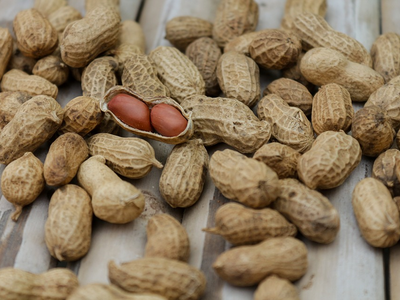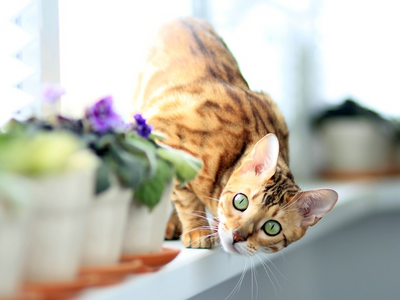07.11.2021
Diabetic cat food will help your feline fight back like a champion
Getting a diabetes diagnosis is not the end of the world for your cat. With a suitable diabetes management plan and an unwavering commitment to the welfare of your feline, you can improve their quality of life. Diabetic cat food plays a crucial role in balancing your cat’s blood sugar levels in the long run, but many cat parents don’t know how to choose the right brand.
This guide will give you a thorough insight into the nuances of a diabetes-friendly diet for felines. You’ll get all the info on what works for them and what doesn’t so you can make informed decisions for your furry friend! Untamed’s range of wet cat food packs whole meat proteins with zero sugars or junk, making it a first-rate diabetic food for cats.
Feline diabetes and the cat food protocol for diabetic cats
As per a Royal Veterinary College study, a staggering 54,500 cats have been diagnosed with diabetes in the UK, which is almost 45% of domesticated felines in the country. Since many cats remain undiagnosed, the actual number could be drastically higher.
Before designing a diet structure for a diabetic cat, you need to understand what causes the sneaky disease in the first place.

Trust yourself to be there for your furry companion—managing feline diabetes is easier than you think.
Source: Sam Chang
No sugarcoating—why is feline diabetes the new epidemic?
Overconsumption of carbohydrates is among the top reasons many cats are becoming diabetic. Predatory hunters by nature, cats need meat-based meals to thrive, but conventional store-bought products usually don't contain enough animal protein. Cat food available on the market goes overboard with carbs, which get stored as fats, leading to uncontrolled weight gain and diabetes.
Here are other major factors triggering feline diabetes:
- Sedentary lifestyle—The urban setup doesn’t allow cats to roam around their neighbourhoods safely. Most cats are stuck indoors throughout the day, so they cannot get enough exercise. The sedentary lifestyle lowers their metabolism rate and increases the risk of diabetes
- Overfeeding—Cats only need about 200–300 calories per day. Most cat parents give in to their feline’s pleading and give them snacks and treats all the time. Unfortunately, frequent snacking leads to the consumption of more sugary carbs, creating a surplus of calories, which eventually messes up a cat’s ability to process glucose
- Health issues—Cats with the following pre-existing medical conditions are predisposed to suffer from diabetes:
- Chronic pancreatitis
- Hyperthyroidism
- Cushing’s disease
- Hormonal disorders
- Genetic mix—Particular cat breeds have higher chances of having Type 1 diabetes due to their unique genetic make-up. Examples include:
- Burmese
- Tonkinese
- Norwegian Forest
- Russian Blue
- Abyssinian
- Medicinal side-effects—Cats consuming medicines with corticosteroids for a long time tend to be at a higher risk of developing insulin resistance
- Age—With decreased bodily functions, cats are more likely to get diabetes as they get older
- Pregnancy—Gestational diabetes can happen during pregnancy but usually disappears post labour
The control button—what is diabetes management cat food?
There is no cure for diabetes, but it can be easily managed with:
- Medicines designed to control insulin secretion
- A suitable diet for diabetic cats
- A dedicated exercise regimen (read: playtime)
This table will give you a glimpse of the constituents of the lifesaving diabetes diet for cats:
|
Nutritional element |
Explanation |
|
Proteins |
Diabetic cats need a diet based on crude proteins from meat. Make sure the food you are feeding them is not stuffed with plant-based proteins as a cat’s digestive system cannot break down the amino acid profile in cellulose. Protein also serves as the best source of calories for felines |
|
Fats |
Diabetic cats need a tiny portion of animal-based fat to round up their meals. Fat helps with metabolism and adds healthy calories to the mix. Fats shouldn’t take up more than 20% in the feline diet |
|
Vitamins and minerals |
Cats on a meat diet get the recommended cocktail of vitamins and minerals by default, so you don’t have to add supplements to their meals |
|
Moisture |
Diabetic cats are prone to urinary tract or kidney diseases due to dipping hydration levels. The water consumption requirements depend on the cat’s weight—a diabetic cat weighing 4 kg should drink around 200 ml of water per day |
Can healthy cats eat feline diabetic cat food?
The diabetes diet is ideal for all cats because carbs are unnecessary in feline nutrition and serve as a cheap replacement for expensive proteins. Our tiny carnivores may even develop gastrointestinal issues and food allergies if they don’t get enough proteins in their meals.
The danger zone in diabetic cat food—list of food items to avoid
Portion control is an integral part of managing diabetes. The amount of food and treats you feed your cat should complement the dose of insulin they receive. Even with appropriate food rationing, you must avoid giving the following unhealthy treats to your moggie:
- Sugary fruits
- Citrus fruits (they cause an acidic imbalance in your feline's body)
- Milk (high in carbs)
- Dairy products
- Chocolates and candies
- Salty treats (too much sodium leads to hypertension, which is double trouble for diabetic cats)
- Granola bars
- Starchy veggies like potatoes
If your cat is used to hunting for snacks, try cat-proofing your kitchen to prevent exposure to harmful food.
Signs and symptoms—who needs the diabetic cat diet?
A late diabetes diagnosis is the reason many cats end up with severe health complications. As a cat parent, you should be aware of the multiple diabetes alerts, especially for indoor cats. Watch out for the following concerning symptoms of feline diabetes:
- Unexplained weight loss is an early sign of diabetes. Tanking insulin levels in a cat prevent glucose from reaching their cells. In response, their body starts burning fats and muscles for energy, leading to weight loss
- Voracious appetite is an extension of the first sign. Cats with uncontrolled diabetes are low on energy, which makes them hungry all the time. What’s worse is that even after eating, their bodies cannot convert food into energy
- Excessive thirst and frequent peeing come from too much sugar in the blood, so the feline kidneys have to work overtime to get rid of it. Thirst and urination form a vicious circle in diabetic cats as their over-stressed kidneys max out from constantly filtering toxic sugar content from blood. You may also notice the sugar-loaded urine sticking to the paws of diabetic cats
- Physical and behavioural changes start with the loss of agility as diabetes sets in gradually. Over time, afflicted felines also begin walking with a crooked gait due to nerve damage. Diabetic cats also tend to be depressive and may even lose interest in activities they used to enjoy
- Vomiting is a late-stage symptom when diabetic complications cause nausea and the loss of appetite
If you notice any of the warning signs, get your cat thoroughly checked by a vet. Many pre-diabetic cats go into remission thanks to early detection and timely medication, along with the necessary lifestyle changes.
Do symptoms vary for Type 1 and Type 2 diabetes?
No—the symptoms remain the same for both types of diabetes. The following table will give you a summary of the core differences between Type 1 and Type 2 diabetes:
|
Type 1 diabetes |
Type 2 diabetes |
|

Did you notice anything out of the ordinary in your feline? Make that trip to the vet ASAP, even if your cat shoots you death stares during the drive over there.
Source: Sabri Tuzcu
Ignoring the diabetic feline diet? Here’s what can happen
The consequences of uncontrolled diabetes are not pleasant. If you fail to put your diabetic cat on a proper food regime and give them the necessary medicines, their blood glucose concentration will continue to deteriorate and lead to severe complications, including:
- Nerve damage—Diabetes progresses to neuropathy for about ten per cent of affected cats. It causes irreversible damage to nerve tissues throughout the body, making it very painful for them to walk
- Loss of motor functions—Untreated neuropathy leads to poor balance, slow reflexes, and ultimately a complete loss of motor functions for felines
- Skin problems—Diabetes causes the death of skin tissues, especially in senior cats. Here are some commonly observed outcomes:
- Red, crusty skin
- Constant itchiness
- Hair loss around facial muscles and hind legs
- Thickening paw pads
- Paw ulcers
- Vision impairment and hearing loss—This happens in the final stages of diabetes, although a complete loss of these senses is rare
- Ketoacidosis—Ketoacidosis is the most severe complication of uncontrolled diabetes. It happens when the body produces dangerous levels of blood acids, called ketones. Ketoacidosis eventually leads to coma, multi-organ failure, and death
What to look for in good cat food for diabetic cats
As unpleasant as the consequences sound, diabetes is not a death sentence. All you have to do is remove the culprit—sugar—from your kitty’s diet and follow your vet's instructions! A protein-heavy meal means your cat has less sugar to process at a time, which optimises digestion and energy release.
Shopping for the right diabetic cat food is a challenge as it's hard to find brands labelled as such. Many cat parents go for expensive medical-grade food for diabetes management, but all they have to look for is a reliable, high-protein, carb-free, and grain-free brand.
Dry cat food for diabetic cats—yea or nay?
According to a research paper published in the Journal of Veterinary Internal Medicine, a diet dominated by dry cat food can be a major diabetes accelerant as it is low on moisture and often contains a large percentage of carbs.
You can find dry diabetic cat food brands in the UK claiming to have special formulas for glucose control. If you have a picky feline obsessed with kibble, you can try mixing the dry biscuits with high-quality wet food. Consult your vet before switching to a dry food diet for your diabetic cat, especially if they have kidney disease.
How to select the appropriate wet food for diabetic cats
Wet cat food is perfect for diabetes management, but you still need to keep an eye out for iffy ingredients popping up on the labels, such as:
- Meat derivatives (a food heavy in animal derivatives might contain slaughterhouse junk like feathers and hooves instead of meat)
- Grains and starch
- Cheap and coarse fibre that affects dental health
- Sugar or its subunits like fructose and galactose
You should also check the source of protein in wet food. Ideally, it is ethically farmed meat, poultry, or fish free from contaminants. Diabetic cats have sensitive stomachs, so toxin-loaded chemically farmed meat can trigger diarrhoea and cause dehydration.

Eat meat and repeat—the tried and tested formula for a healthy feline!
Source: (c) Untamed
Can I prepare low-sugar, diabetes-friendly cat food at home?
You need to be careful if you want to prepare homemade food or a raw meat-only diet for your ailing cat. To be on the safe side, please seek professional advice before making such a transition. A qualified feline nutritionist can help you come up with a tailor-made meal plan. Although a raw diet seems like the closest thing to a cat’s natural diet, the meat you serve is not a fresh kill, so it might be full of pathogens.
Untamed makes the recommended food for diabetic cats without compromising on the taste!
If you want to serve healthy and tasty meals to your furry companion, Untamed is happy to help you! We offer the best canned cat food for diabetic cats that delivers taste and nutritional value. Our products are free of all problematic ingredients—sugar, grains, vegetable proteins, hormones, and animal derivatives.
Untamed understands the challenges of nurturing a sick feline. Over the years, we have observed how food quality plays a big part in the recovery of sick cats. With that in mind, we stray away from the retail herd and use only human-grade, whole meats for our products.
To try our taster pack, click here and give us a few details about your cat. We will design a meal plan based on your kitty's life stage, tastes, sensitivities, and allergies.
Why Untamed works best for diabetes management?
Our gravy and jelly products are fantastic for a diabetic cat because they:
- Contain high-quality proteins—We use only the prime cuts of meat to ensure your cat gets two times more proteins than with most commercial products. We offer canned wet food made from chicken, duck, ham, tuna, sardines, mackerels, salmon, and shrimp
- Are vet-formulated—We use vet-formulated formulas to ensure complete and balanced meals for diabetic cats. From powerhouse taurine to immunity-boosting antioxidants, we have it all
- Preserve the bioavailability of nutrients—Diabetic cats struggle with the absorption of nutrients, so we gently steam-cook our food to prevent the heat from destroying the nutrients
- Are hypoallergenic—Diabetes is already hard on the feline digestive system, so giving them our hypoallergenic meals will prevent odd cases of stomach cramps and diarrhoea

Why so grim, human? These new yummy cans are my happy pills!
Source: (c) Untamed
Prevention is better than cure—Untamed keeps your feline healthy!
We don’t stamp “diabetes-friendly” over our products because they work for all cats, irrespective of their health or life stage. If you are raising a kitten, start feeding them appropriate portions of Untamed’s protein-rich food the moment they are ready for a solid diet. That way, their digestive system won’t have to struggle with ingredients that often cause kitten diarrhoea.
Untamed is also a great option for pre-diabetic adult or senior cats because our food mimics the natural feline diet.
Check out what our clients state as the positive effects of the Untamed cat diets:
- Easy digestion and less mess in the litter tray
- Tip-top coat and no skin issues
- No hairballs
- Effortless weight management
- Better immunity
- Rare seasonal illnesses
How to get the Untamed pack
Want to surprise your cat with Untamed’s new taster pack? Follow these steps to get healthy cat food delivered to your doorstep:
- Visit our TRY NOW page
- Tell us more about your cat
- Select a meal plan and place your order
Once your cat samples and approves the goods, we will replenish your stock every month with no additional shipping fees.

Let Untamed be the lifetime buddy for your cat—you won’t regret it!
Source: (c) Untamed
Our cat food subscription terms are client-friendly, so you can always:
- Modify your order
- Cancel, skip, or postpone a delivery
We only offer wet food cans and not pouches because of our pledge to keep our environment safe. Cans are easily recyclable, just like the rest of the packing materials we use. Our operations are cruelty-free and leave a minimal carbon footprint—choosing Untamed is a win-win all the way!

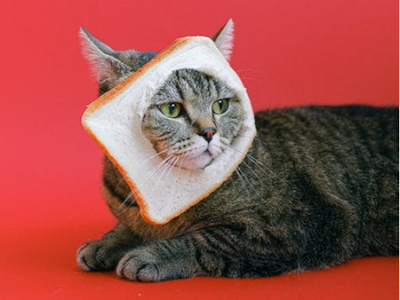
![Associated image for Best food for Ragdoll cats in the UK [Broken Down]](http://untamed.com/cdn/shop/articles/featured_best_food_for_ragdoll_cats_uk_400x300_crop_center.jpg?v=1646818249)
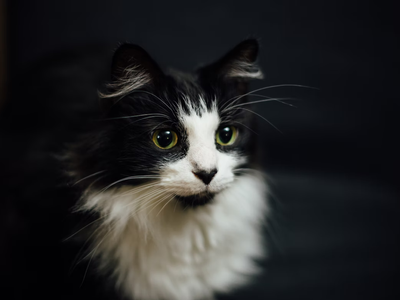
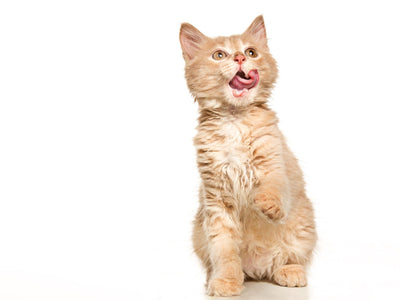
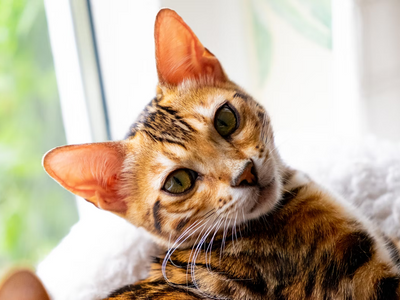
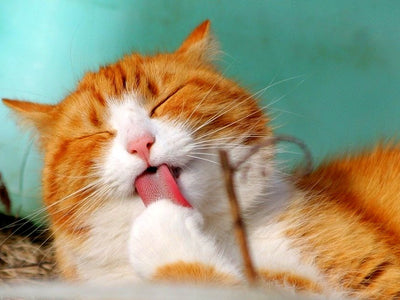
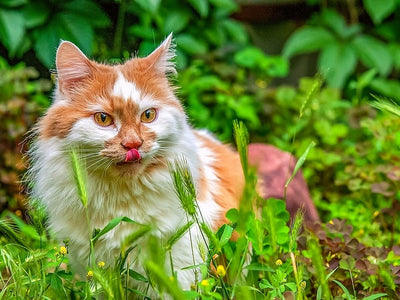
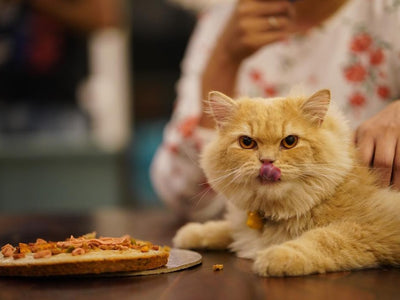
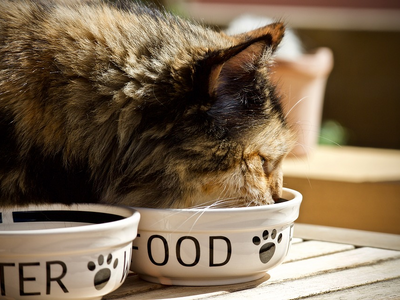
![Associated image for What human food can Sphynx cats eat? [Comprehensive list]](http://untamed.com/cdn/shop/articles/what_human_food_can_sphynx_cats_eat_Featured_400x300_crop_center.jpg?v=1648705074)
